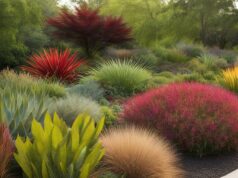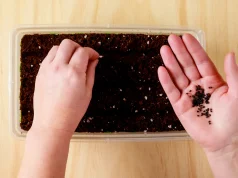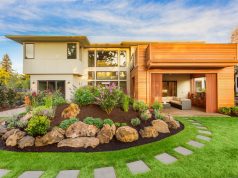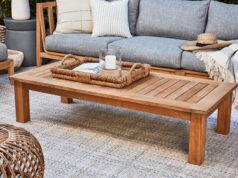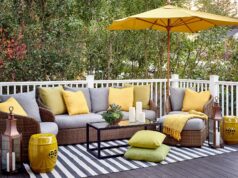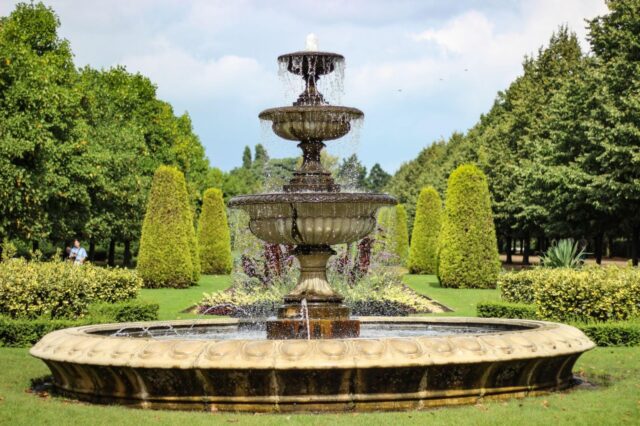
A lot has changed about the use of outdoor water fountains. In ancient times, farmers used streams as irrigation for their crops. They supplied water for their communities until the rich and powerful thought of using them as part of their palace decorations in indoor and outdoor spaces. Today, you can see that the decorative concept of fountains has not changed much, but the designs did have many changes, and it still does go through non-stop innovation as the architectural ideas change.
This is why choosing the right outdoor fountain can be confusing because you can find too many designs in the market. Choosing a perfect outdoor fountain is not like choosing which ice cream flavor will satisfy your cravings in the grocery; there are things that you must know and consider in your outdoor space for you to know which outdoor fountain will fit the landscape.
OutdoorFountainPros.com has a rich collection of outdoor fountain designs, and the good thing about this company is that they don’t just design fountains. They make it a point, too, that they have the right people to guide shoppers in making sure that they’re doing things right for their outdoor spaces.
Consider the landscaping ideas below to simplify your journey in choosing the perfect outdoor fountain:
1. Choose a suitable landscape
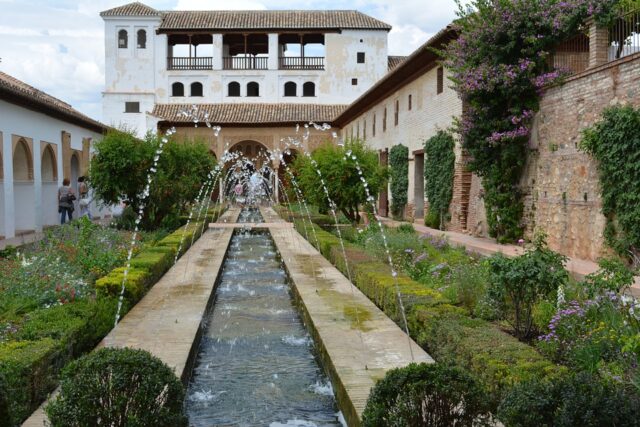
Choosing a landscape design can be challenging, especially if you’re not an expert in landscaping. The best thing that you can do is look at the overall house architecture; then, you can start working on how the outdoor landscape can match the design of your house. If you already have a picture in mind of how you want your outdoor space to look and still don’t know how and where to start, you can reach out to a landscape designer.
You’ll need to consider many different factors when you are looking for the best landscape designer for you. For example, landscape designers can significantly impact how well your new home complements the surrounding environment or how well your existing garden is revitalized.
2. Know the measurement of the outdoor space
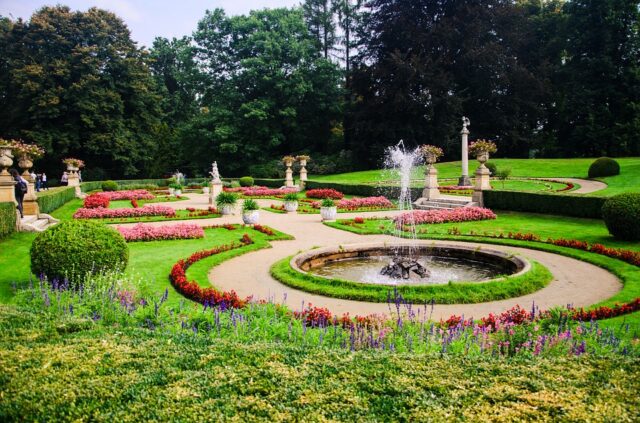
Space needs to be factored into the overall plan for your outdoor areas. To allow maximum utility and comfort while keeping open areas clear, you need to strike the perfect balance between cluttered and spacious. Buying tons of furniture is a waste if the outdoor space is frustratingly disorganized while leaving it bare is simply wasting space for something useful.
Until you know how much square footage you have to work with, do not decide on the uses for each space. For example, planning out your outdoor space is much easier once you know how many furniture pieces you can fit into each one. For some people, organizing their home is a lengthy, time-consuming task, but don’t think of it as a chore. Instead, look at it as your opportunity to gain a better handle on your next homemaking project.
3. Choose the right plants
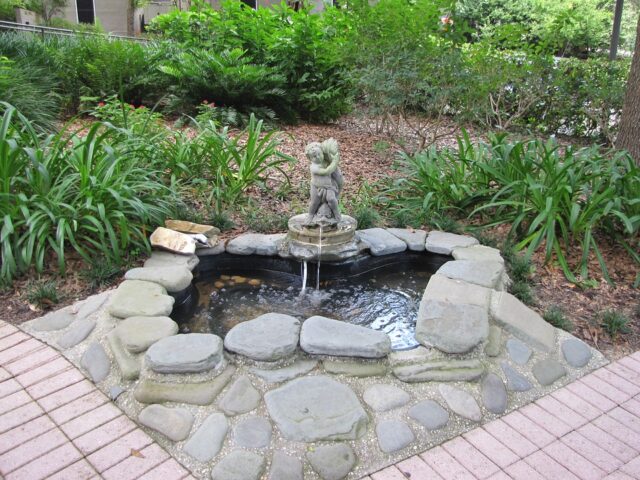
Plants help enhance the value of a home. In addition, they help improve the looks of your outdoor space and do so in a decorative way. Note that this statement is valid regardless of the condition of your garden’s plants. While this is true, plants are a vital component of any garden. So, ensuring year-round growth is key to maximizing the utility of the plants we select.
When choosing which plants will thrive in your garden, you should consider the type of soil and the climate. Trees provide shelter, shade, and filtered light to plants planted nearby.
Some plants require pruning to keep them in shape and control their growth. Plants are beautiful, but they are susceptible to disease and must be treated. An insect infestation is possible, but some plant species are more resistant to this type of threat. Some plant species, on the other hand, are more susceptible to parasites and diseases.
4. Choose the focal point of the outdoor space

Symmetrical designs are used to highlight their effect. As a result, many individuals have established the custom of placing balanced plant arrangements at their front doors. Because plants grow fast, it’s essential to keep track of how often they need to be trimmed and pruned.
People often mistakenly believe that balance is a static condition. This can lead to a great deal of confusion, especially since it pertains to visual attractiveness. If the designer seeks to avoid repetition, they should apply asymmetrical designs.
When speaking to inexperienced designers, landscape designers use the terms asymmetrical and symmetrical balance. This is because those who don’t know about design terminology may interpret the two terms as conflicting.
5. Choose the perfect outdoor fountain

Keep in mind that there are many outdoor designs in the market, and you can even customize your outdoor fountain if you manage to come up with a design that realizes your desired outcome for the overall landscape. The first four topics discussed the prerequisites in making sure that the outdoor landscape can tell a good story, as it will make shopping for the perfect outdoor fountain easier.
Let’s say you had your outdoor landscaped with a minimalist concept; then, it would only make sense for you to go for a modern minimalist outdoor fountain design with defined edges and shapes. The fountain’s structure must always have that connection with the overall architectural design and concept of the house. Remember, the outdoor space should tell a story of what’s inside the house, too.
With its soothing sounds of flowing water, your water fountain will provide stress relief and relaxation to your environment. In addition, water fountains can improve indoor air quality by emitting negative ions, lowering air pollution.
A water fountain can also benefit your plants by balancing the overall atmosphere’s temperature in the garden if the weather is a bit too cold or humid for the plants. Finally, the sound of running water is generally appealing to everyone in the house, including your pets and some other animals visiting your garden. These are just a few things an outdoor fountain can give. That’s why it’s important to know what you should do in preparation for buying the perfect fountain.

